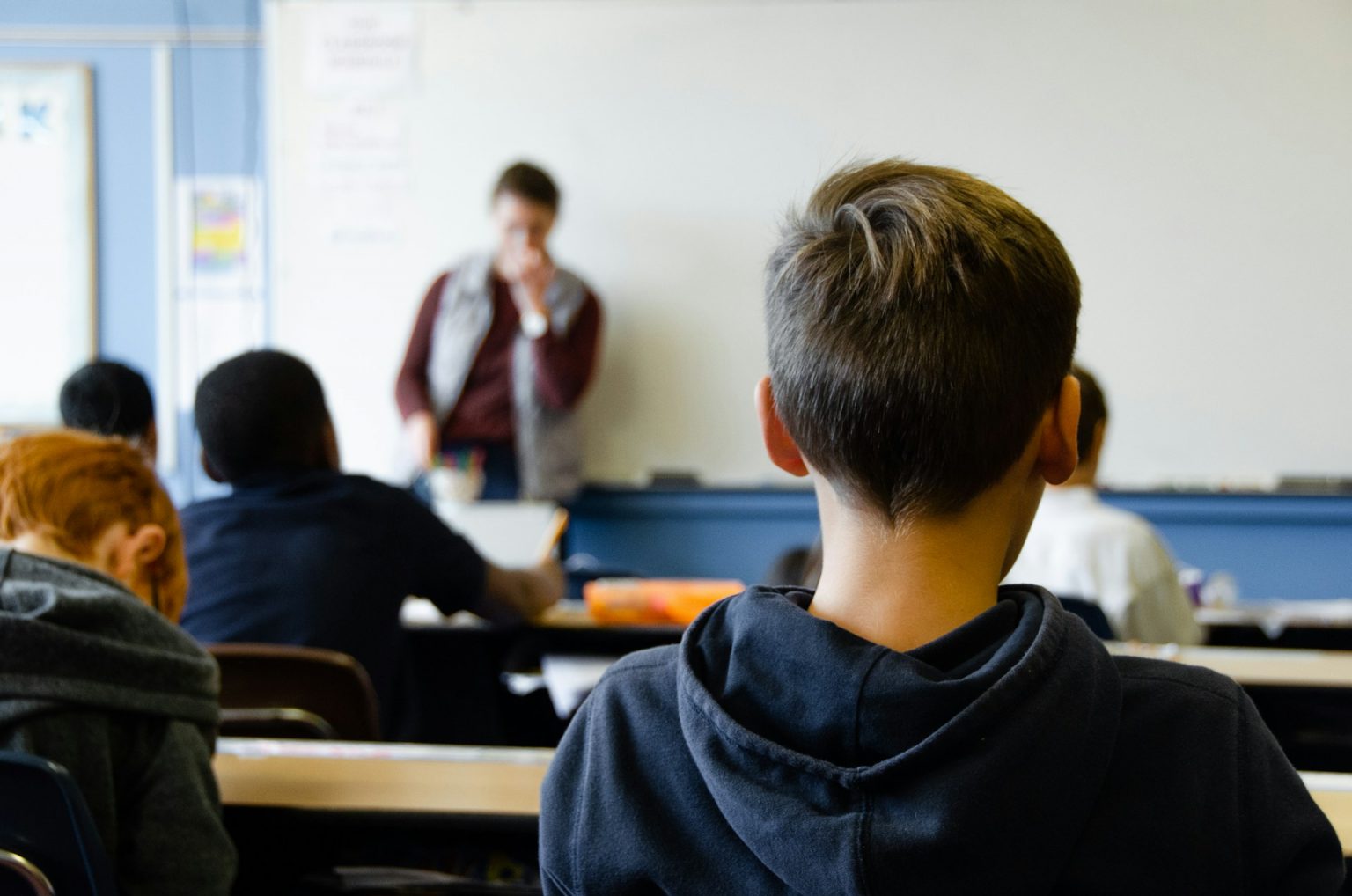The landscape of education is constantly evolving, with new teaching methods that make learning more effective and enjoyable. Here, we explore ten innovative teaching strategies that are changing the way educators teach and students learn.
Gamification
Gamification involves using game design elements in educational settings to enhance student engagement and motivation. By incorporating points, levels, and challenges into lessons, teachers can make learning more interactive and fun. For instance, platforms like Kahoot! allow educators to create quiz games that stimulate friendly competition among students.
Flipped Classrooms
In a Flipped Classroom, students watch lectures at home at their own pace, engaging with interactive modules such as videos and podcasts. Classroom time is then dedicated to exercises, projects, or discussions. This format allows students to learn the basics outside the class and apply what they’ve learned during school hours. TedEd is a popular resource for finding educational videos.
Project-Based Learning
Project-Based Learning (PBL) is a dynamic classroom approach in which students actively explore real-world problems and challenges. This method helps students develop skills like problem-solving, research, and teamwork. Edutopia offers a wealth of resources on how to implement PBL effectively.
Inquiry-Based Instruction
This method transforms the teacher from a lecturer to a guide, helping students to form their own understanding through questions and exploration. The idea is to foster deep thinking and independence in learning. TeachThought provides strategies and tools for inquiry-based learning.
Digital Literacy
Understanding technology and digital media is crucial in today’s digital world. Schools are increasingly integrating digital literacy into their curriculum to help students navigate and utilize technology effectively. Common Sense Education offers resources on teaching digital citizenship and literacy.
Peer Learning
Peer Learning is when students help each other understand concepts or complete tasks. This collaborative learning approach not only improves understanding but also enhances communication skills among peers. Peergrade allows students to give feedback on each other’s assignments.
Self-paced Learning
With self-paced learning, students can progress through a curriculum at their own speed. This is ideal for catering to individual learning needs. Platforms like Khan Academy provide students with the ability to adjust their learning pace.
Experiential Learning
Experiential Learning involves learning through experience and is more practical and applied than traditional learning methods. This could involve field trips, experiments, or simulations. FieldTripZoom and similar websites offer virtual field trips to extend learning beyond the classroom.
Holistic Education
Holistic education focuses on educating the whole person at all levels of experience, including emotional and social dimensions. This method aims to develop responsible, ethical, and well-rounded individuals. ASCD provides insights into implementing holistic education approaches.
Continuous Feedback
Unlike traditional methods where feedback is often given during mid-terms or finals, continuous feedback provides ongoing insights into students’ progress. This method helps students improve consistently and teachers to adjust instruction methods as needed. Tools like Formative can help teachers provide real-time feedback.
By integrating these innovative teaching methods, educators can enhance their teaching strategies and provide a more enriching, dynamic, and effective learning experience for all students.

